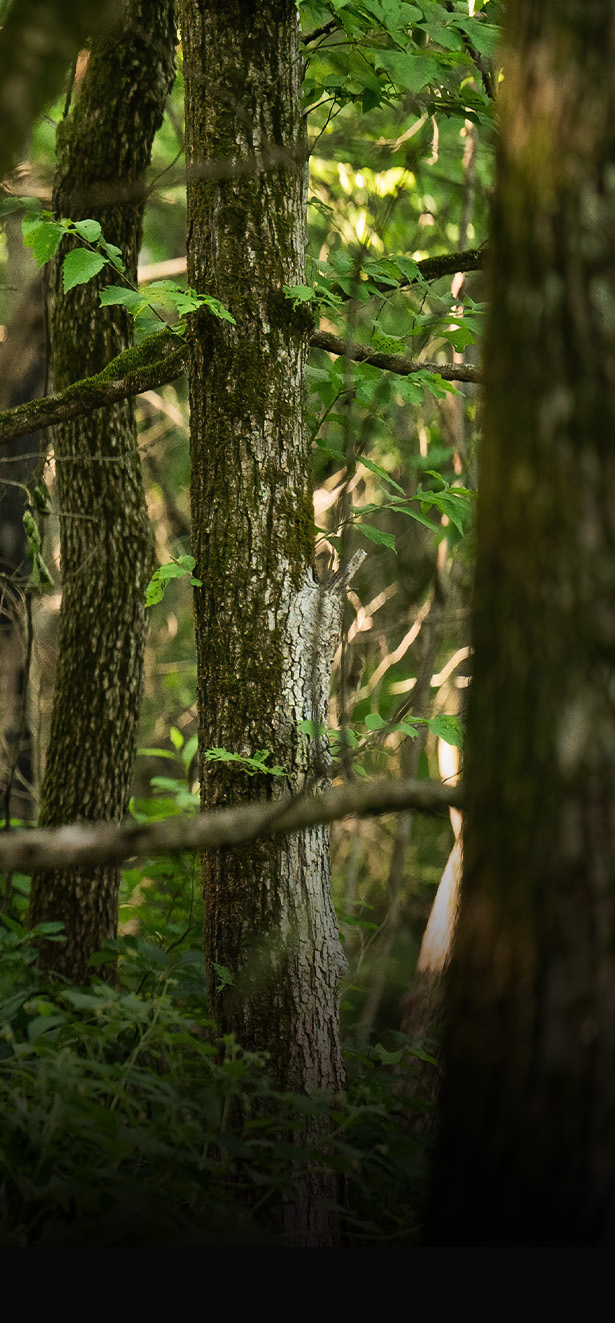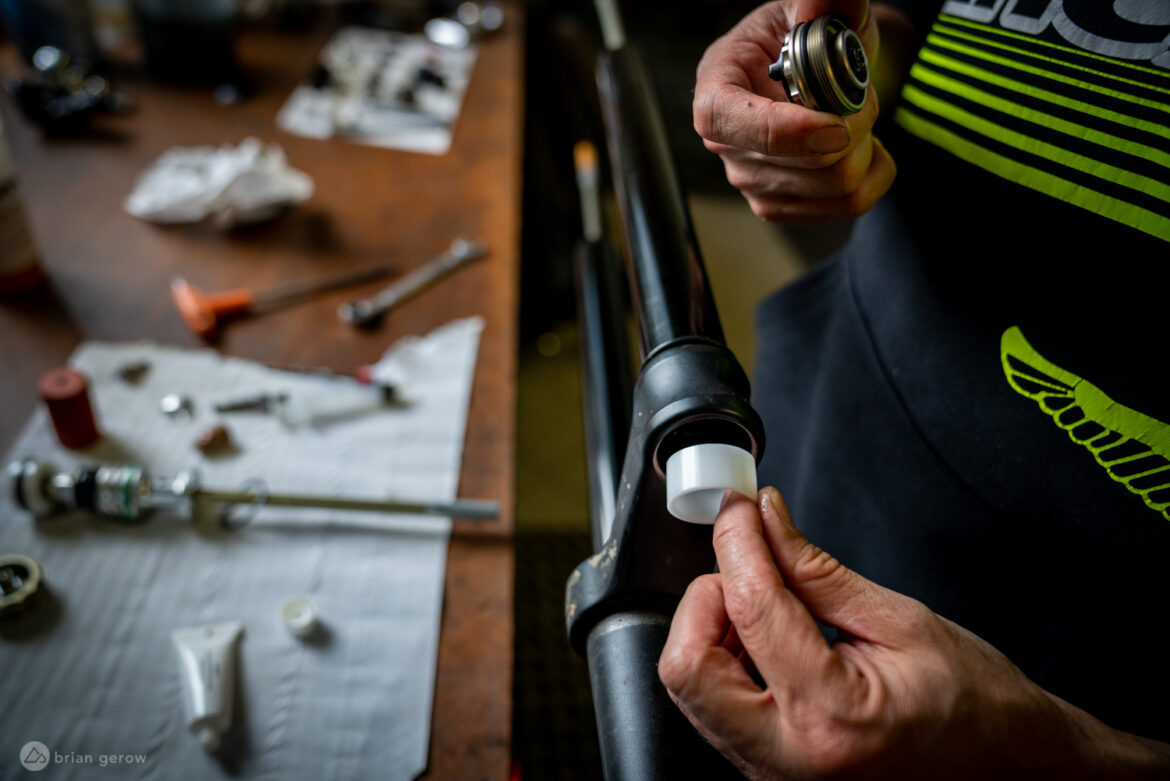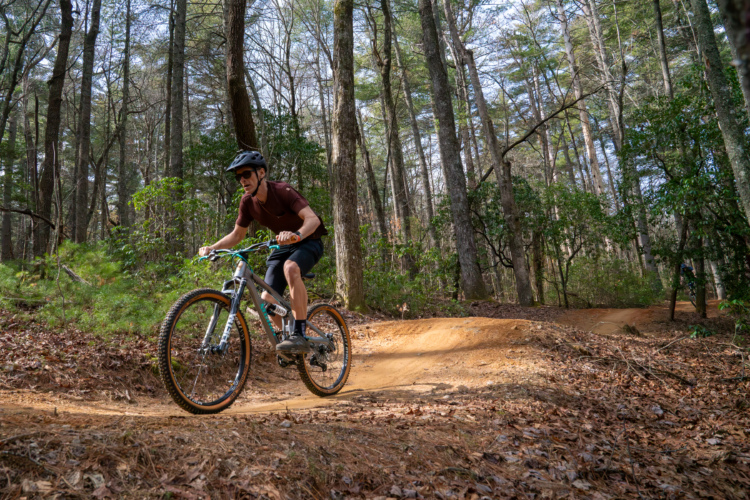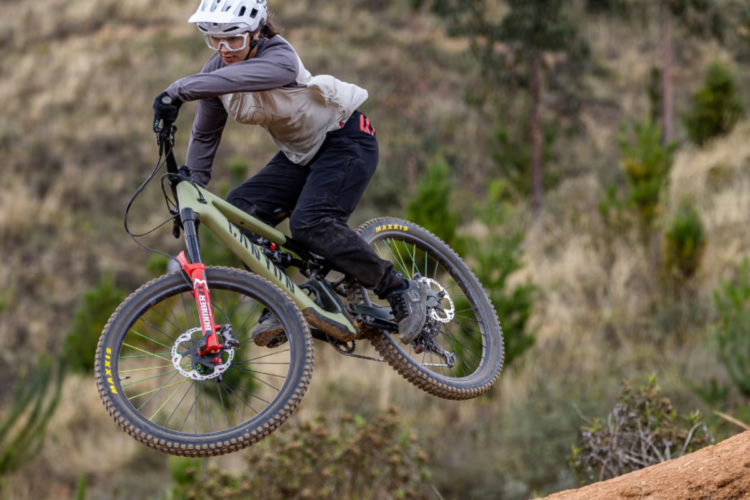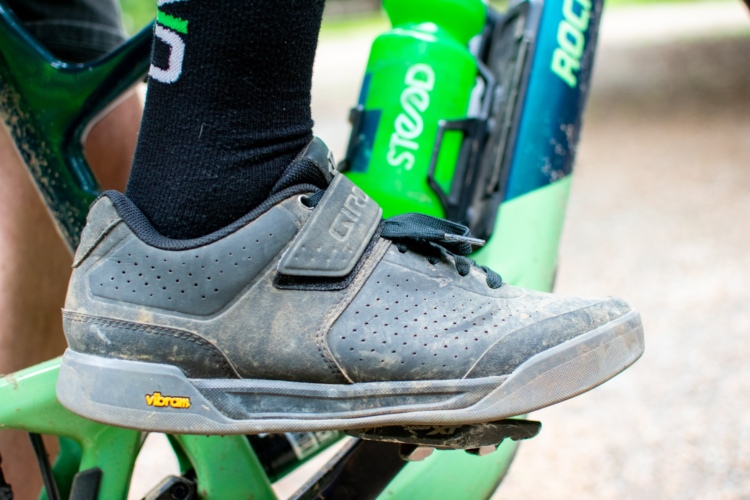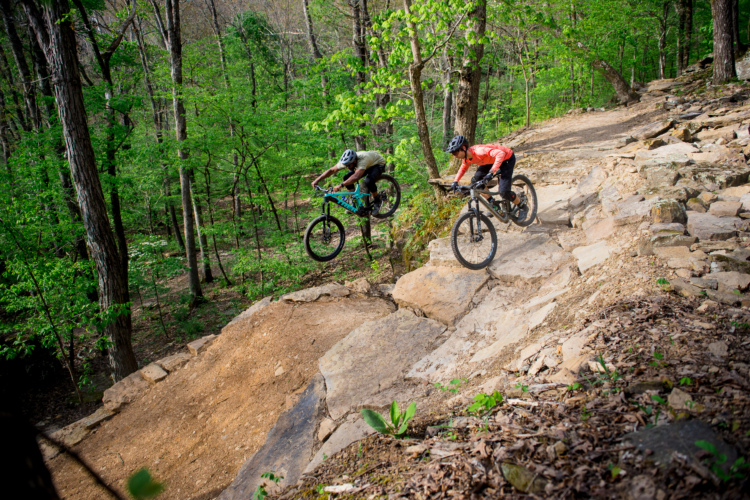
Oh how I raved about the wide range of adjustability and impressive mid-stroke support in the Selva R fork from Formula back in March. With seven valves to tune the damper that can be changed by any home mechanic, and a pair of tunable air chambers to dial in the spring rate and progression, it’s on my short list of top-performing forks.
Then, Formula went and made a coil-sprung version called the Selva C that can be swapped back and forth between air and coil as you wish. Having minimal experience with modern coil-sprung forks, I had to check it out. This review will only focus on the differences between the air and coil forks since a lot of the important details and ride impressions are included in the air-sprung review.

Since my first test with the Selva C would be on my Ancillotti Scarab Evo29, there was no better mechanic to make the spring-swap than Tomaso Ancillotti himself. Fortunately he lives about 45 minutes north of me. The full Ancillotti Enduro World Series team races on the Selva C and Tomaso can pull this fork apart and rebuild it in a fraction of the time it took me to type this review.
Coil conversion
Before digging into the ever-important Selva C ride sensations, here’s a brief visual demonstration of the air-to-coil conversion. This isn’t intended to be a full description of the process, as that info is included with the coil kit. Instead, we wanted to display the process so everyone can see the internal workings of the Selva R and C forks.
Now we’re really moving fast, but again this a fun demonstration and not a dry instruction manual. Slide the spring assembly into the stanchion, and insert the appropriate coil spring for your weight and riding style. If you’re running a 29er lower make sure to pop in the white plastic ring below the preload cap. Add the specified amount of oil at both ends, tighten down the preload cap and foot-nuts, and finally you can swap the Selva R stickers for Selva C if you like because you now have a coil fork.
From there you can set the compression and rebound and swap out the CTS valves to get the exact amount of compression ramping that works for your trails and riding style. While the coil preload does affect the fork’s overall ride height it has a more profound influence on the breakaway force, or the amount of initial force required to make the fork move. This can be a cool adjustment to play with, but too much preload will make things feel harsh in a hurry.
If you want to switch back to an air spring you can simply mount the air spring on the rider’s-right side of the fork, and put the damper in the left leg. Coil springs scratch up the inside of the stanchion a bit, and the air spring’s seals need a perfectly smooth surface to slide through, making it impossible to put the air spring back in the same stanchion from whence it came.
Riding the lightning, er coil

Setting up the Selva C is similar to any other fork. Well, maybe it’s even simpler. There are only four spring rates to choose from, and the rest of the tuning happens on the damper side. With all of the damper tuning options in this fork, there is plenty of tinkering to be done.
I rarely use a sag measurement as anything more than a place to begin and prefer to set forks up for support and ride feel on the trail instead. After adding 20-40psi to countless air-sprung forks and shocks after setting the sag, I decided to stop focusing on that initial variable. This method has resulted in suspension that feels more supportive, with fewer bottom outs and a more “performance-tuned” ride character. It also requires more time and experience to dial everything to a feeling rather than a set number, and the result is worth it. With a coil shock or fork, this approach is somewhat necessary as you only have a few spring rates to choose from compared to the infinite spring rate of an air spring.
The benefits of switching from an air spring that’s progressively more difficult to move as it compresses to a coil that compresses at the same rate throughout its travel are many and varied. They also come at the cost of about 200g of extra steel. The primary perk is consistent, earth-hugging traction, and the Selva C offers up the grip on a laughable level. It takes very little force to get the fork moving, with no noticeable stiction, which results in a hyperactive front end that quickly conforms to the smallest bumps on the trail. That easy stroke allows riders to open up the rebound and give the fork a little more playful feeling without sacrificing grip. I’m running the Selva C several rebound clicks further open than I did with the air spring which also helps the fork ride higher in its travel. On steep trails, the higher front end feels fantastic.
Another notable advantage to the coil spring is that it functions the same regardless of altitude, whereas air springs can feel harsher at higher altitudes unless they incorporate fancy burp-buttons like those on Fox 36, 38, and 40 forks. If you ride in the high alpine on a regular basis, a coil just might make those cloud-scraping adventure even better. There is also no pressure to check nor air to leak out with a coil.
My favorite element of the Selva C is that it mostly isn’t there. There’s no felt shift between one segment of the stroke and the other. No ramp up. No surprises. With the medium spring inserted, it simply feels smooth and supportive for my 68kg self. It functions in a way that I often forget about it. I’m not wondering if I should add a little air or click this or that. Instead, the linear compression feels natural, allowing me to just ride my bike and forget about what it’s doing beneath me.
I have managed to bottom the fork out a few times. Those full-compressions didn’t feel overly harsh or unreasonable. Nearly any rampy air-fork would have bottomed in a similar way. If you do find the bottom of this fork frequently and don’t want to swap in a more supportive spring, you can change the CTS to one with a more progressive end stroke. The red “race valve,” for example, is quite progressive. It can function as a hydraulic bottom-out control to keep you further from that last tick of travel on large impacts. I prefer to keep the fork as linear as possible, and I’ve enjoyed running Formula’s “Max Comfort” silver valve at Tomaso’s recommendation.

Conclusion
The Selva C is a fantastic fork for anyone who wants to check out the added traction and full-stroke support a coil provides. If you already own a Selva fork, the conversion is simple and the kit costs about €165. Folks who dig coil shocks will likely love the full combo. I am currently testing this fork alongside Formula’s new Mod coil shock, and I couldn’t be happier with the squish sensations on the bike. Stay tuned for a full review of that shock this fall.
Thanks to Formula for sending the coil kit along for testing.








